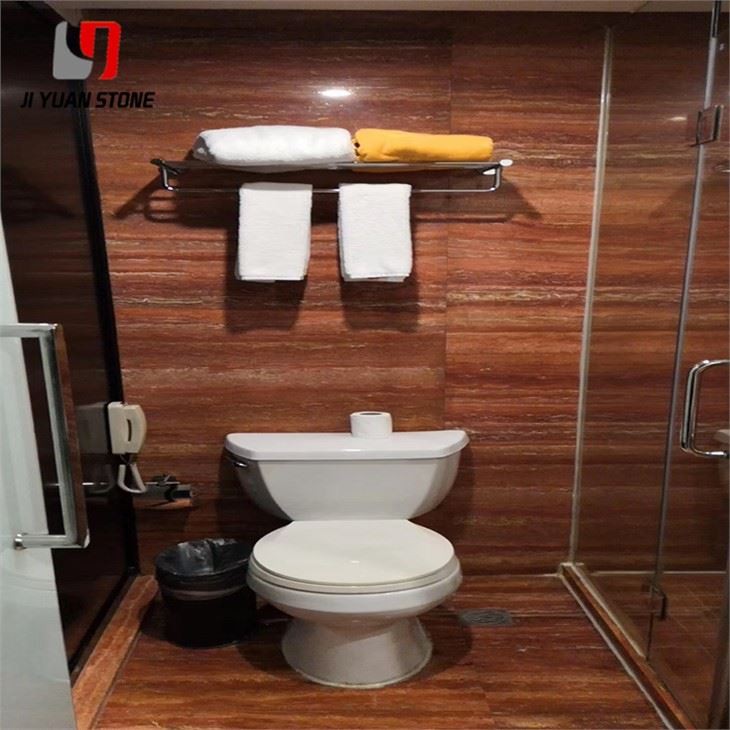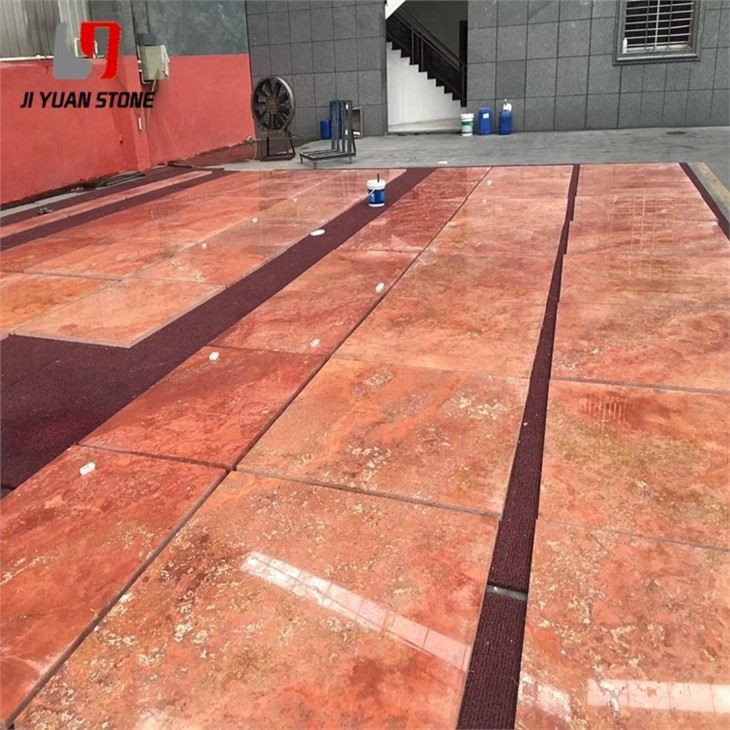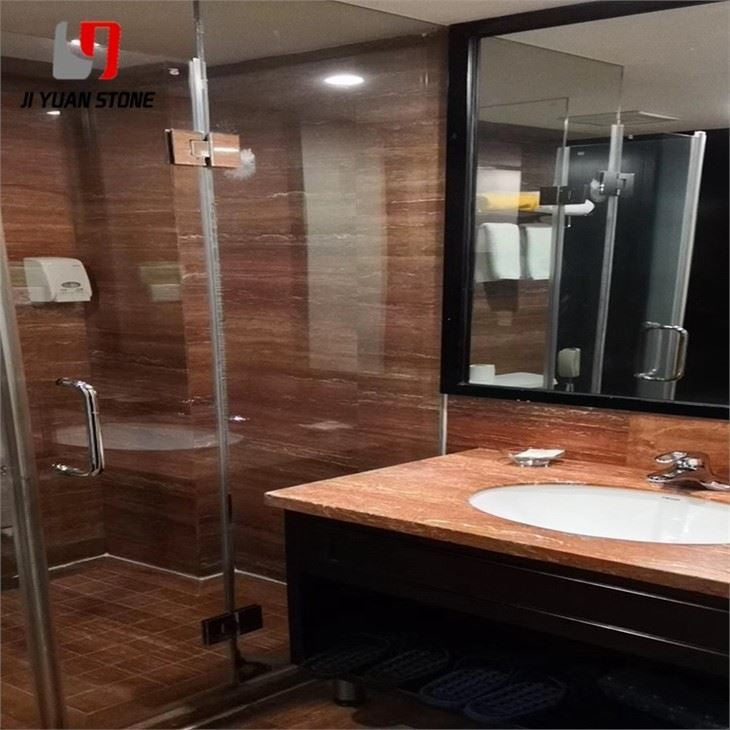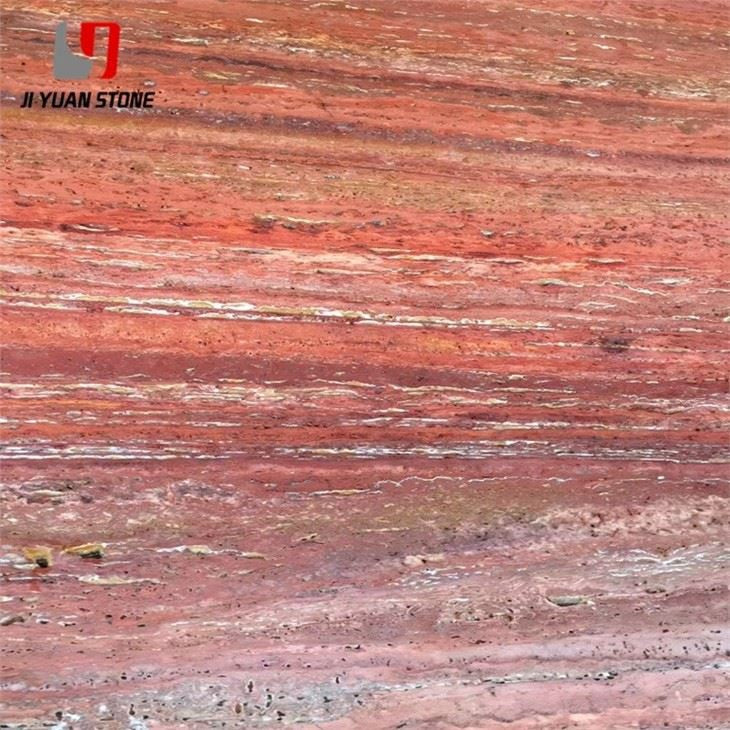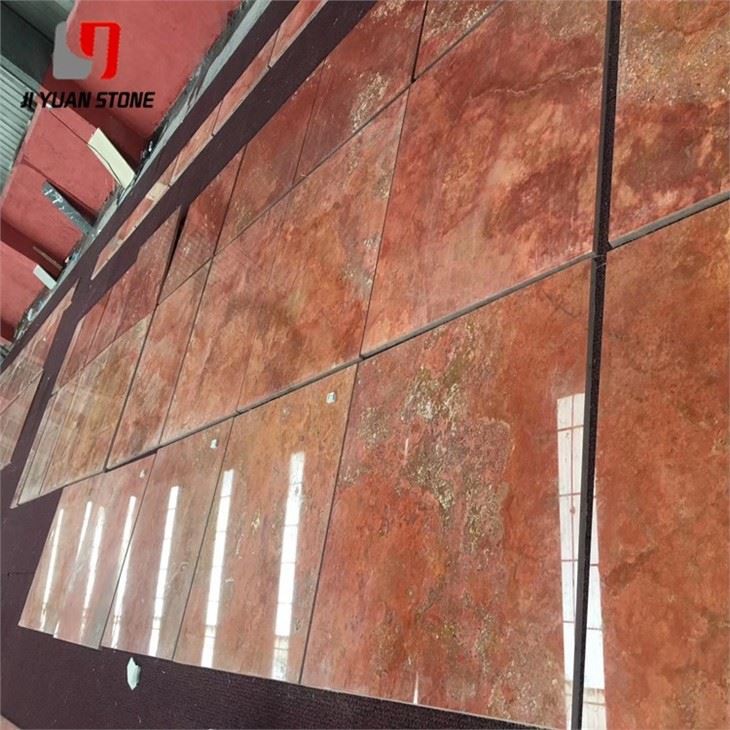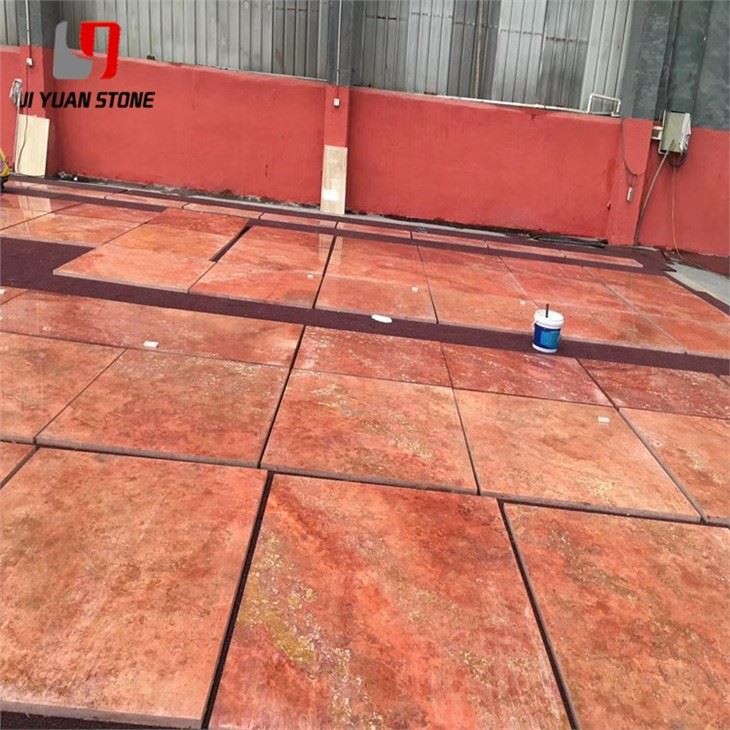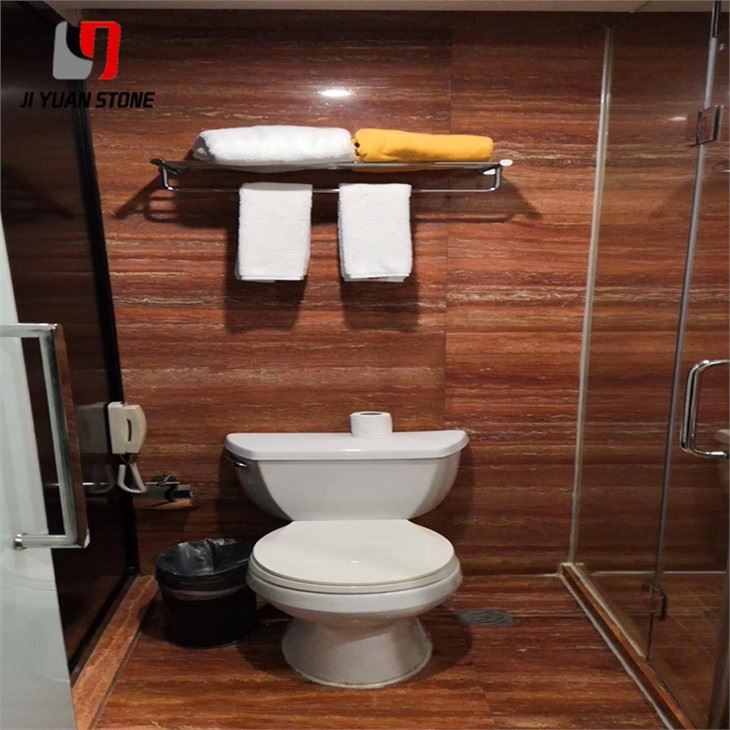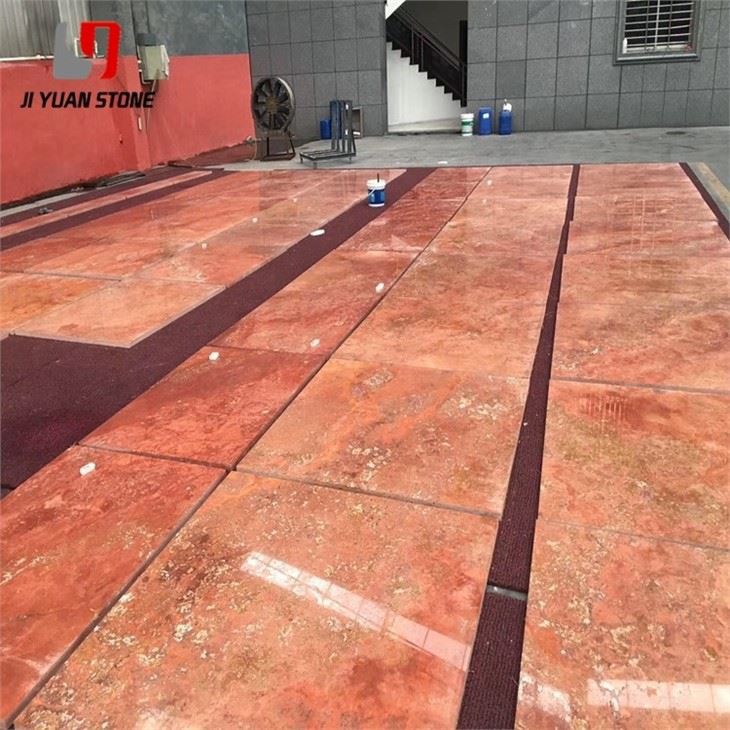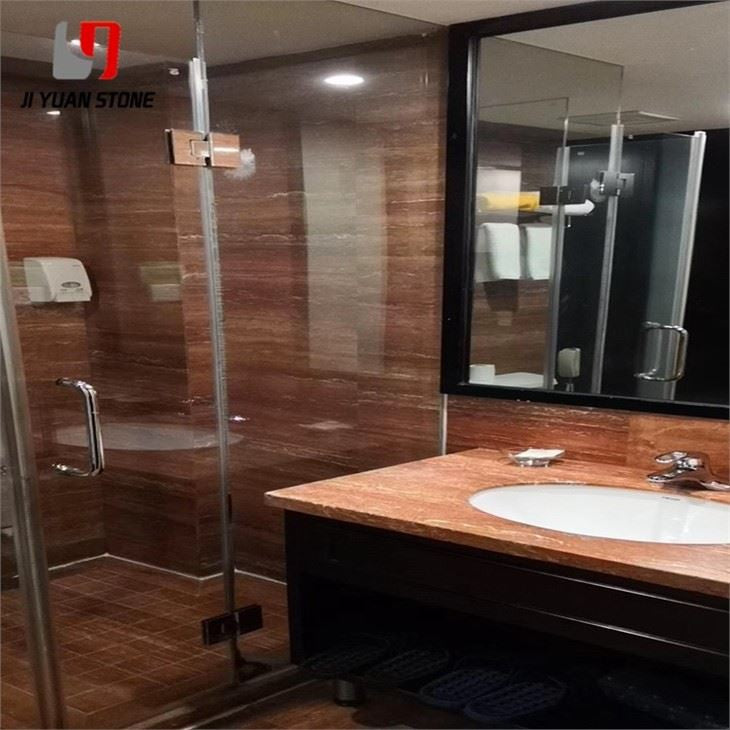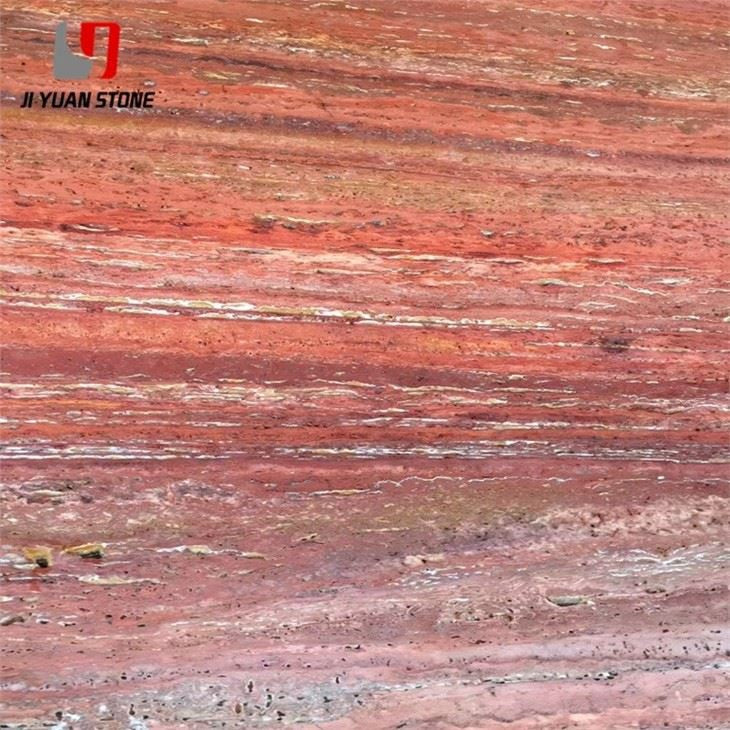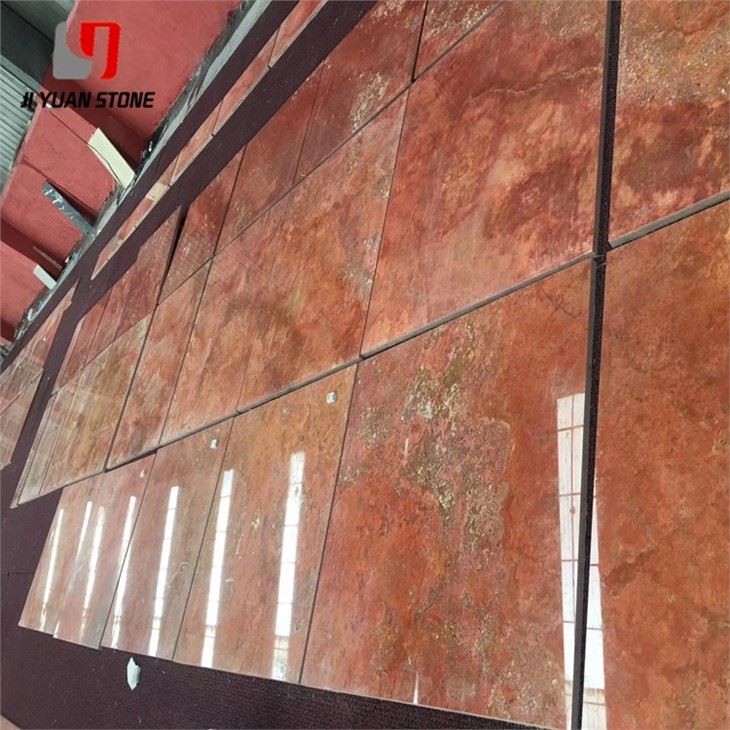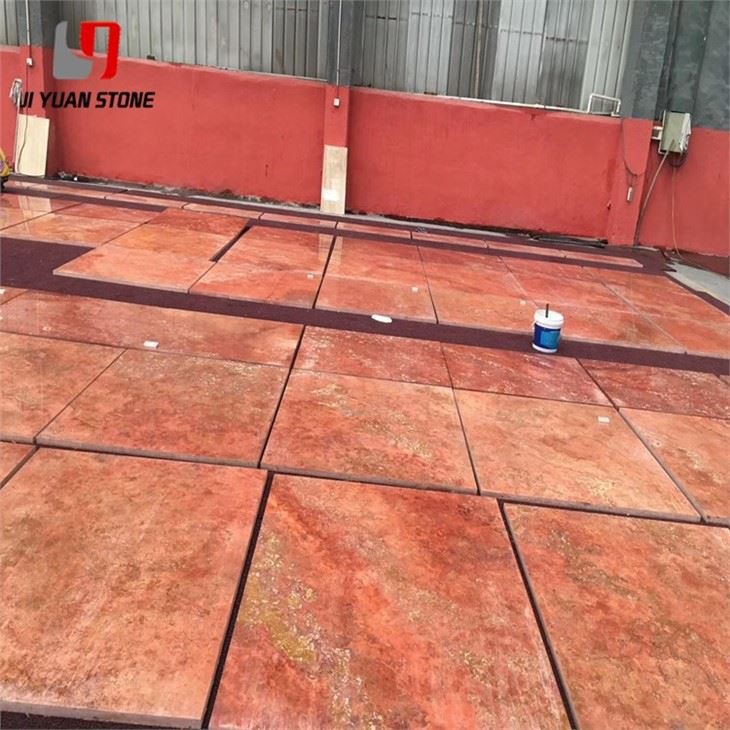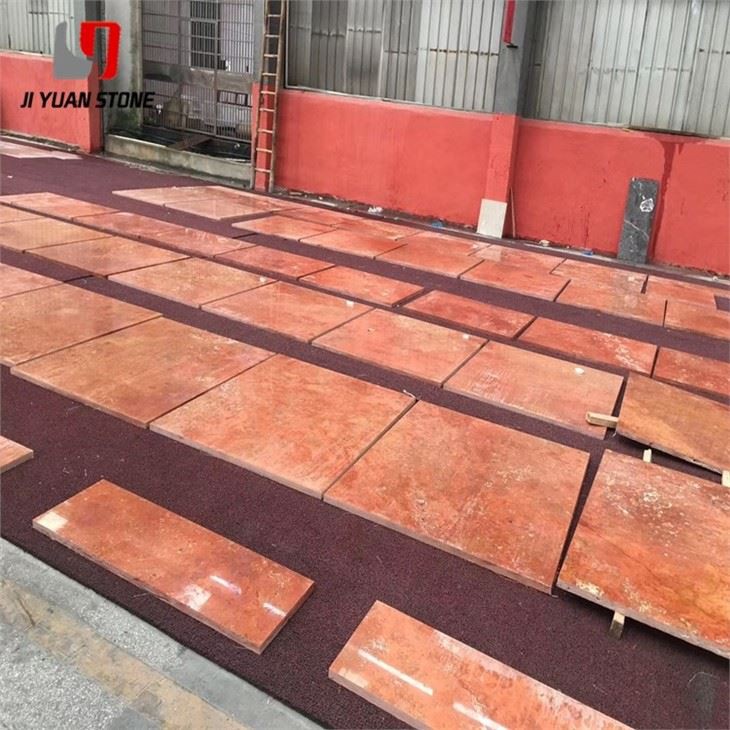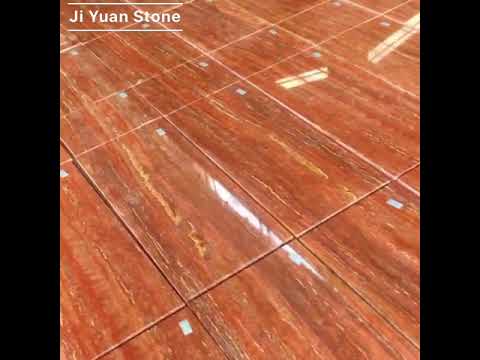Tumbled Red Travertine
Tumbled Red Travertine
Tumbled Red Travertine: Natural Elegance with Historical and Architectural Value
Experience the beauty and durability of Tumbled Red Travertine. Made from natural stone, this versatile material adds texture and warmth to any space. With its tumbled finish, it provides a slip-resistant surface, perfect for both indoor and outdoor use. Elevate your design with Tumbled Red Travertine.
Overview of Natural Travertine (Tumbled Red Travertine)
Tumbled red travertine is a unique and beautiful natural stone celebrated for its earthy tones and signature surface filled with natural pores. Scientifically categorized as travertine or tuff, it stands apart from traditional marble due to its porous composition and rich textures. While technically a form of limestone, tumbled red travertine is recognized as a distinctive category in architectural design.
The “tumbled” finish gives the stone a rustic, antique look that adds warmth and character to any project—whether residential or commercial.
Color Variations and Global Sources
Tumbled red travertine is available in a variety of colors, including:
- Light red
- Maroon
- Gray
- Beige
- Yellow
- Golden
- Brown
- Coffee
Beige remains the most commonly used variant in construction and decoration.
Primary sources of this stone include:
- Italy
- Turkey
- Iran
- Henan province, China
Historical Significance in Architecture
Travertine has played a major role in architectural history, particularly in Europe. It has been used in iconic monuments such as:
- The Roman Colosseum
- St. Peter’s Basilica
- The Parliament Building
These historical landmarks reflect the durability and classic beauty of natural travertine, making it a preferred choice for projects seeking a timeless or classical aesthetic.
Formation of Natural Travertine
Tumbled red travertine forms through the re-accumulation of limestone over thousands of years. This process occurs in seabeds and lake bottoms, where mineral-rich hot springs and groundwater deposit layers of calcium carbonate.
- The unique curved lines and textures are shaped by hydrodynamic forces and mineral impurities.
- Over time, the purified limestone may lose some patterns, but the overall aesthetic remains striking.
Because of its porous structure, tumbled travertine can be vulnerable to cracking and surface wear under pressure, which can affect its commercial usability in heavy-load environments.
Comparison Between Natural Travertine and Artificial Travertine
Unlike artificial travertine, which lacks depth and natural variation, natural tumbled travertine offers:
- Authentic texture
- Organic patterns formed over centuries
- Richer visual depth and unique aging character
While artificial alternatives may provide consistency, they can’t replicate the authenticity and charm of real stone.
Key Advantages of Natural Tumbled Red Travertine
1. Lightweight and Easy to Process
- Uniform structure and low hardness allow for efficient cutting and handling
- Easy to transport and install across varied surfaces
2. Excellent Workability and Insulation
- Provides both thermal and acoustic insulation
- Suitable for both exterior façades and interior decorative applications
3. Ideal for Carving and Custom Designs
- Fine texture makes it perfect for artistic carvings, fountains, and sculptures
- Custom cuts and shapes easily achievable
4. Rich in Color and Decorative Value
- Wide range of earthy tones enhances versatility in design
- Ideal for garden pathways, bonsai displays, rockeries, and feature walls
Conclusion:
Tumbled red travertine is a durable, aesthetically rich natural stone with centuries of architectural heritage. Its warm tones, customizable finishes, and historical appeal make it an excellent choice for designers and homeowners seeking authenticity, elegance, and natural charm.
Whether you're working on a heritage restoration or a modern rustic design, tumbled red travertine brings timeless value and artistry to every space.
Share
